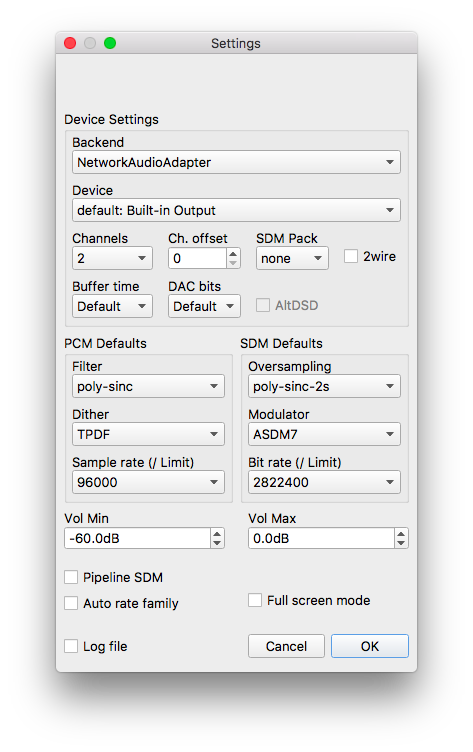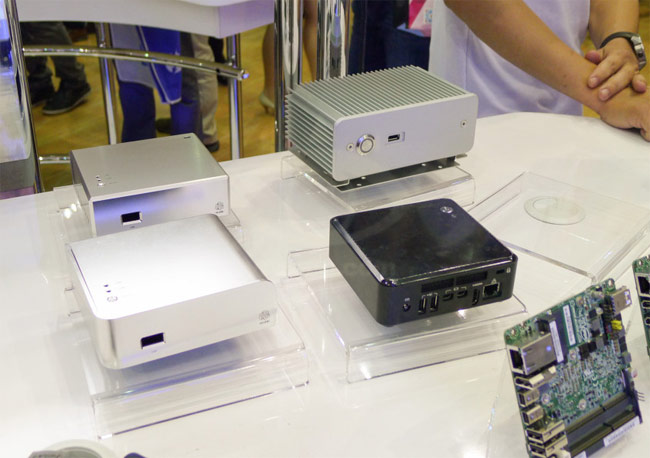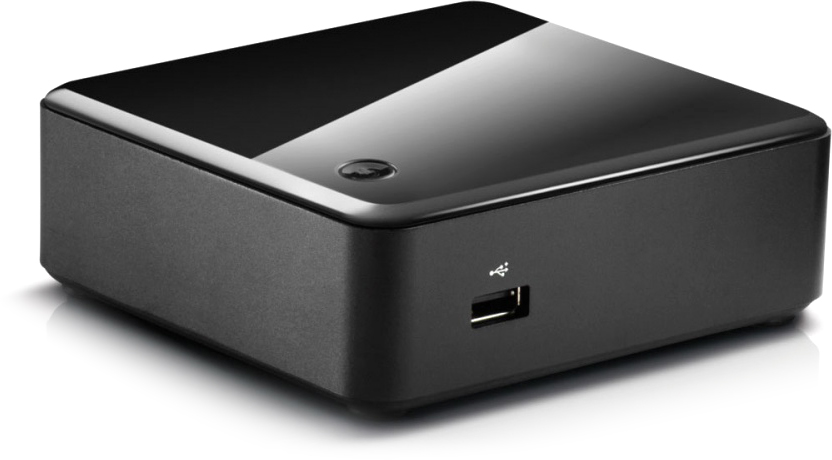
Jussi also has a lot to say about it's weaknesses. Here's a little bit about what Danny from Roon had to say about UPnP. Asynchronous FIFO provides maximum isolation between processing and audio reproduction." "Processing is performed by the player application and the processed data is then asynchronously streamed over network to a very lightweight network audio adapter interfacing to the DAC. Other than that you must DIY your own device to make it work.īoth "Roonready" and "NAA" are superior protocol's to UPnP for audio over IP. So far the only commercial streamers that accept the NAA protocol are: What "Roonready" is, is an audio over IP protocol similar to the Hqplayer NAA (Network Audio Adapter), which Roon developed based on some of the tricks Jussi Lakko uses in his NAA audio over IP system. This was the whole point of me making my Superstream unit. Simply being "Roonready" means you can connect Roon direct to the device over Ethernet, but you can't take advantage of Hqplayer. The Aries would need to have NAA support in order to work with Hqplayer. Roon outputs to Hqplayer, then it sends it straight to either a DAC connected to the server, or a network connected device running the Hqplayer NAA Daemon. Roon for example can send PCM to HQPlayer to convert to DSD and send back to it, which it then in turns sends to Aries for output." Since Roon supports sending data to and from HQPlayer, that functionality will be transparent to Aries. "If this announcement is correct that Aries will be Roon compatible,, then it should work just like I explained to Mike.

I'll kick this off with something I read Amir said on WBF which is incorrect:

As I mentioned, this doesn’t even need to be near the audio rack, at least in my system, so the fan can make all the noise it wants.I thought I would start a thread about Roon/Hqplayer since this combination has the ability to provide the best GUI and sound to folks seeking the best of both. I used the standard Intel case the NUC came in–it’s across the room so I never hear a fan running in it (if it even has one).
#INTEL NUC HQPLAYER WINDOWS#
I considered Windows Server, but didn’t see any advantage in doing so (although I am familiar with using Server).
#INTEL NUC HQPLAYER PRO#
I get Win10 Pro licenses cheap on eBay (it involves selling scrapped hardware attached to valid and current Windows licenses–several years in, I’ve never had a problem with any of these licenses being deactivated or flagged). I probably will move it to my networking shelf in the basement soon, once I do some reorganizing. But using Remote Desktop from my other computers, I can get into the NUC just like I’m sitting in front of it with keyboard/video/mouse and don’t even need to use an attached monitor anymore.
#INTEL NUC HQPLAYER TV#
I have it in my TV rack at the moment, as I used the 4K TV as the “monitor” for it (and bought a really cheap wireless Logitech keyboard/mouse set to go with it). That way, the NUC can be located anywhere on the network. I created a user account that will log in by itself after a reboot, so it can run and restart unattended. The i3 is running well, but my library is only 55,000+ songs and 4,600+ albums, which isn’t all that taxing–I am only running Roon Core on the NUC, not the player or renderer. The video server I use only runs on Windows, so that kind of decided it for me. I also run a few other processes that I offloaded from my NAS, and everything’s running smoother now since resources on the NAS are no longer taxed.

I decided to go with Win10–it’s working smoothly, and I uninstalled and pared down everything that I wouldn’t be using. I used a less powerful NUC (a recent 7i3, I forget the exact model) since I am still deciding if I want to stick with Roon or not.


 0 kommentar(er)
0 kommentar(er)
